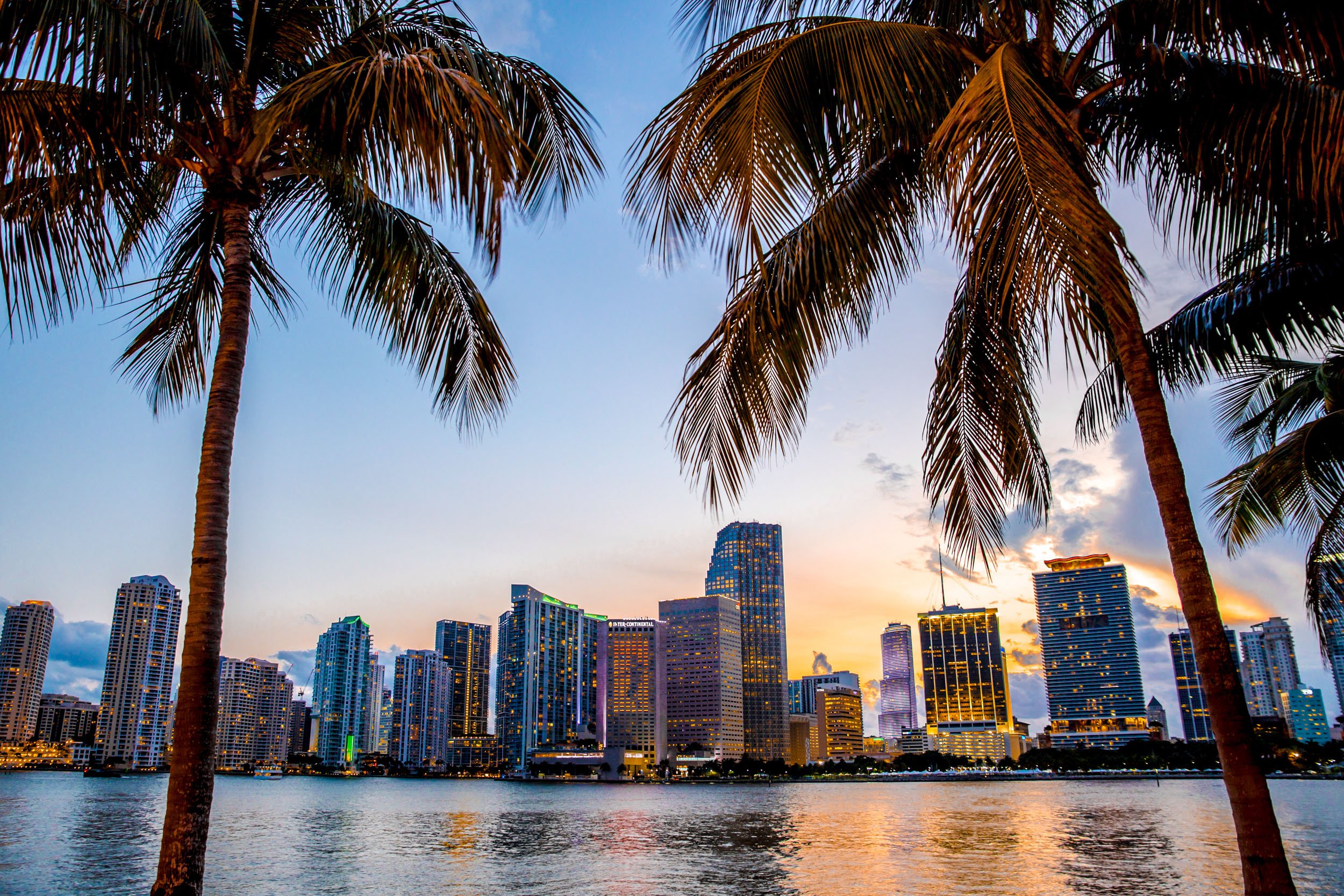Does it come as a surprise that retail lags behind office or even industrial in the race to go green? From the outside, it would seem like a logical choice for front-runner status, given the day-to-day interface with the buying public and the ubiquitous nature of retail in our nation's communities. Not the case, apparently, and retail shapes up as a rather rag-tag group when it comes to proven, environmental solutions. The good news here is that the sector is coming along--largely through its own initiatives, and one of the firms leading the charge is Jacksonville, FL-based Regency Centers. The movement, for Regency at least, began in 2006, with the formation of a task force to study, evaluate and implement green procedures throughout the complexes and culture of the REIT. Heading that task force is Northern California and Pacific Northwest construction VP Scott Wilson, who sat down with GlobeSt.com during the GreenBuild 2007 Conference and Expo in Chicago to discuss how a real estate sector moves from behind the eight-ball to the head of the pack.
GlobeSt.com: What's the genealogy of Regency's green focus?
Wilson: For me it started in April of '06, when a construction manager asked what I knew about LEED and sustainability, and my answer to both was "What's that?" We had an engineering firm come in and talk about it. It sounded good, but we were struggling with costs, and this definitely sounded like it would cost more money. So we shelved the books they left and returned to business. Now fast-forward to July of last year, when we got an email from our chief investment officer, Brian Smith, asking what we knew about Green.
GlobeSt.com: It wasn't a mandate, just a query?
Wilson: Just a casual query, and I gave him what I had learned about sustainability and that seemed to satisfy his need. Then in October we got an email headed An Urgent Call for Higher Standards.
GlobeSt.com: The mandate?
Wilson: Exactly. Apparently, Regency was getting inquiries about what we were doing, and I was asked to assemble and lead a task force to find out what sustainability is, how would it impact Regency, and what we should do.
GlobeSt.com: Tell me about the task force.
Wilson: There are 13 people including myself. We wanted to get people from all areas of the company and from various geographies. We were up and running as a task force by the end of November.
GlobeSt.com: What was the upshot?
Wilson: We concluded quickly that this is huge. We focused initially on how it effects new development, but it expanded to everything--our culture and operating centers as well as into our new developments. We saw that we needed to look at it from a big-picture standpoint or not at all. But to do that, we had to break it down into digestible chunks, so we created subcommittees. One explored what sustainable elements we should be looking at. Another looked at branding sustainability and the marketability and PR opportunities. The third looked at what's out there that is sustainable and what our tenants were doing. We presented our recommendations to our executive committee in September of this year.
GlobeSt.com: How many recommendations did you make?
Wilson: There were many. Some of our recommendations were relatively simple, such as eliminating bottled water in favor of filtered water. That could amount to a quarter million bottles over the course of a year. We went to ceramic cups, recycled paper and double-sided copying, as well as the use of public transportation.
GlobeSt.com: What is the Greenlight program?
Wilson: It applies to all business units and highlights those elements that are low or no-cost, such as those I just mentioned. For example, in our operating centers this consists of maintenance--such as replacement of parking-lot lights; when we have to replace we go with high-efficiency lights appropriate to the application. It's the same with replacement of HVAC or a roof.
GlobeSt.com: What about branding?
Wilson: We wondered at first if we needed to brand our initiative. Do we need third-party acknowledgement? There are a lot of brands out there, but we decided that LEED was by far the leader.
GlobeSt.com: What sort of rollout are you looking at for certification?
Wilson: We determined to do three centers in '08 and three in '09, establish those baselines to allow us to make future assessments and see what the costs are to bring them up to the standard of LEED for existing buildings.
GlobeSt.com: It's not terribly aggressive.
Wilson: No, it's not. It's conservative, because we don't know enough about it, and we are a publicly traded company, so we wanted to go about it responsibly.
GlobeSt.com: So, what about new building?
Wilson: We recommended that for 2008 we would target 20% of our starts for LEED certification. That would increase to 40% in '09 and 60% in 2010. The flexibility is there to do more.
GlobeSt.com: Will there be a point when all centers will be certified?
Wilson: That's really to be determined. That's as honest as I can be. It has to make sense and it has to be practical.
GlobeSt.com: So where are you now?
Wilson: We're in the transition from acceptance of the recommendations to implementation. One of our recommendations was to create an officer-level position to oversee our sustainability program. We're now searching for that person, who'll be responsible for taking the plan we've laid out and getting it implemented and evolving it. He'll be responsible for providing each business unit with the tools they'll need.
GlobeSt.com: Talk a little about why you couldn't make a blanket commitment to all centers--much like the office sector can.
Wilson: The sustainability efforts in other sectors are more mature. There's more hard, empirical data that simply doesn't exist for retail.
GlobeSt.com: And your competition is in the same boat?
Wilson: No. They're behind. To illustrate how much has to be done, according to the USGBC, there are 20,000 or 25,000 retail buildings constructed every year. But less than 100 have registered for LEED certification.
GlobeSt.com: Why does the sector lag so far behind?
Wilson: I'm not sure. A big part of it is that LEED was originally designed for office. They're single-purpose freestanding assets. There are a lot more entities that weigh in on a retail property.
GlobeSt.com: So there's nothing published on what you gain if you retrofit or build new? Nothing on improvements in sales?
Wilson: We have some good ideas. In terms of sales, ICSC is doing some research. We look at this as a collaborative effort with retailers to integrate sustainability in their platform as well as ours. We've also been talking with other developers. We spent a lot of time with Forest City and we believe in sharing our information with our peer groups. We're also working with the USGBC to develop a program to certify shopping centers.
GlobeSt.com: So, in a year, where do you think the industry will be?
Wilson: As this gains momentum in the retail sector we'll find more partners who are implementing a sustainability program, and we can work collaboratively with them. More people on board creates the opportunity to expand sustainability.
© Touchpoint Markets, All Rights Reserved. Request academic re-use from www.copyright.com. All other uses, submit a request to [email protected]. For more inforrmation visit Asset & Logo Licensing.







